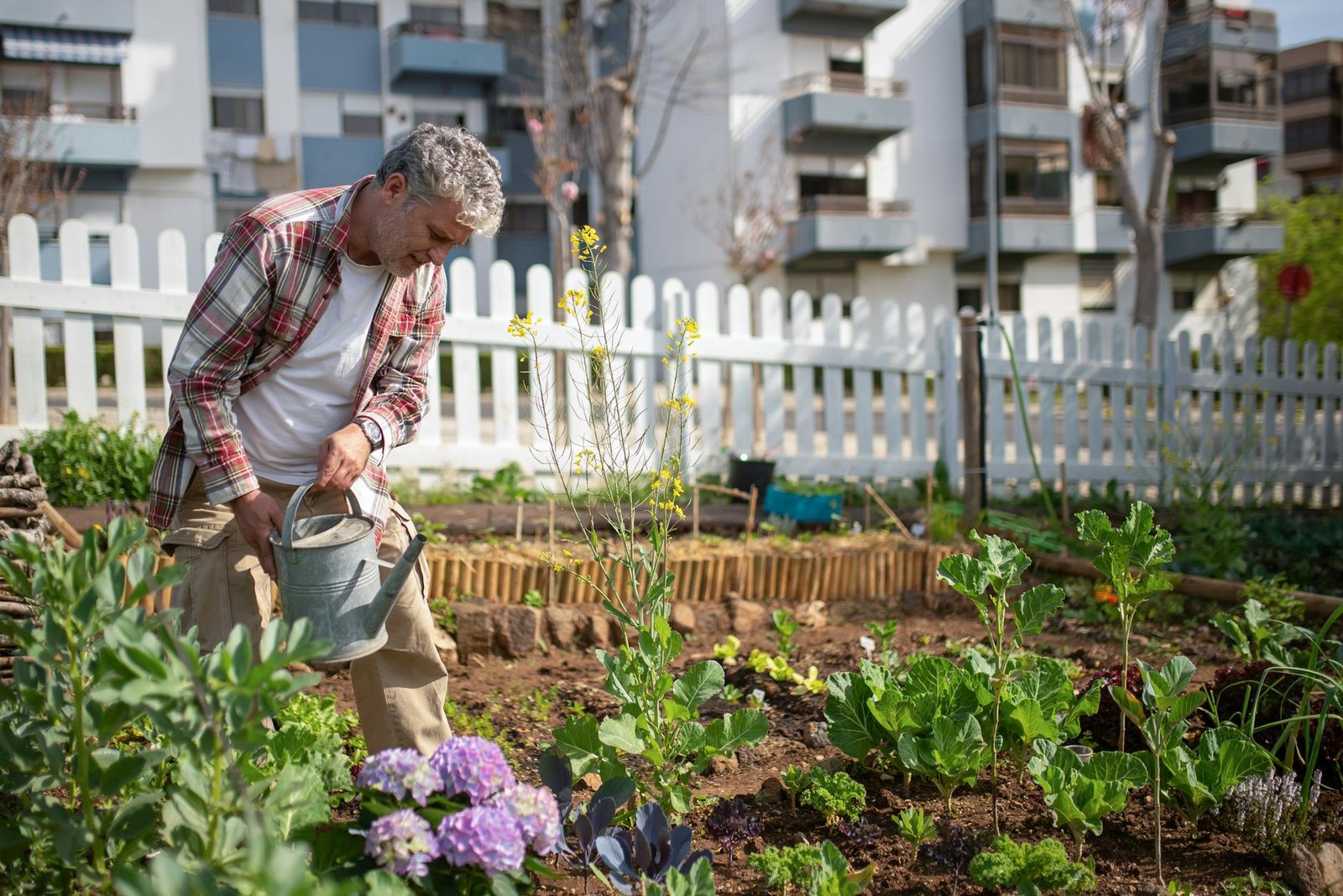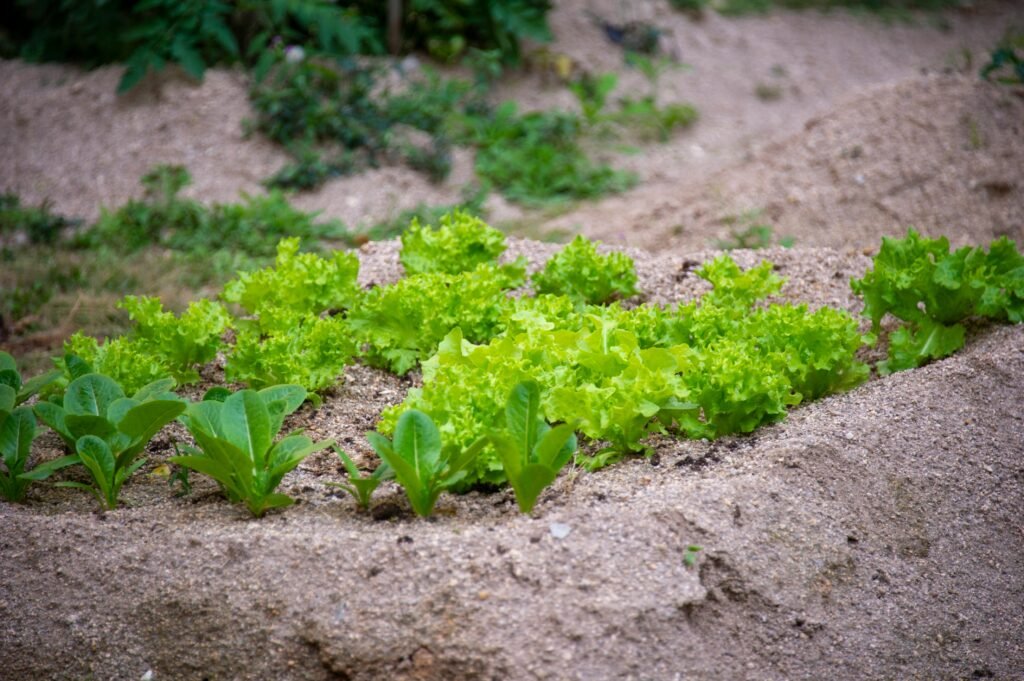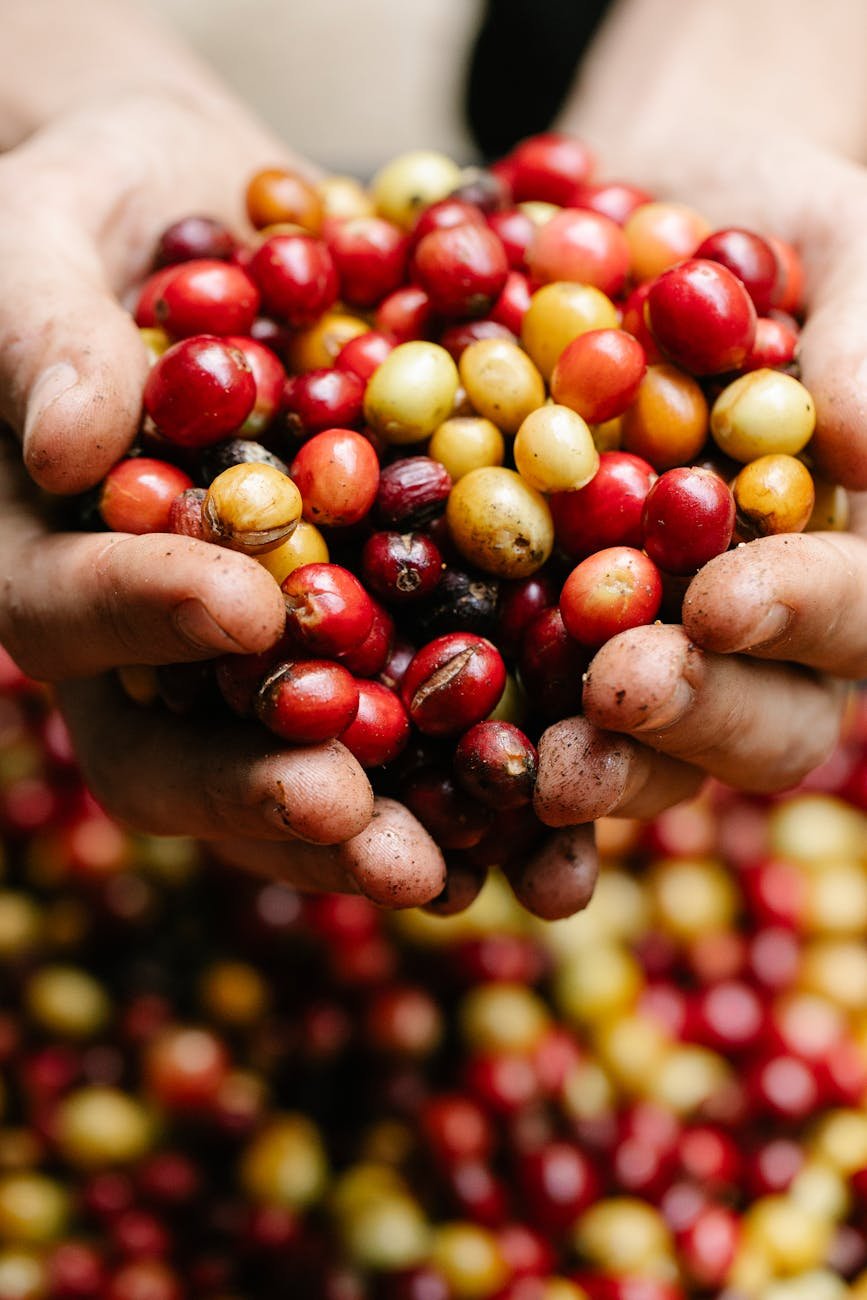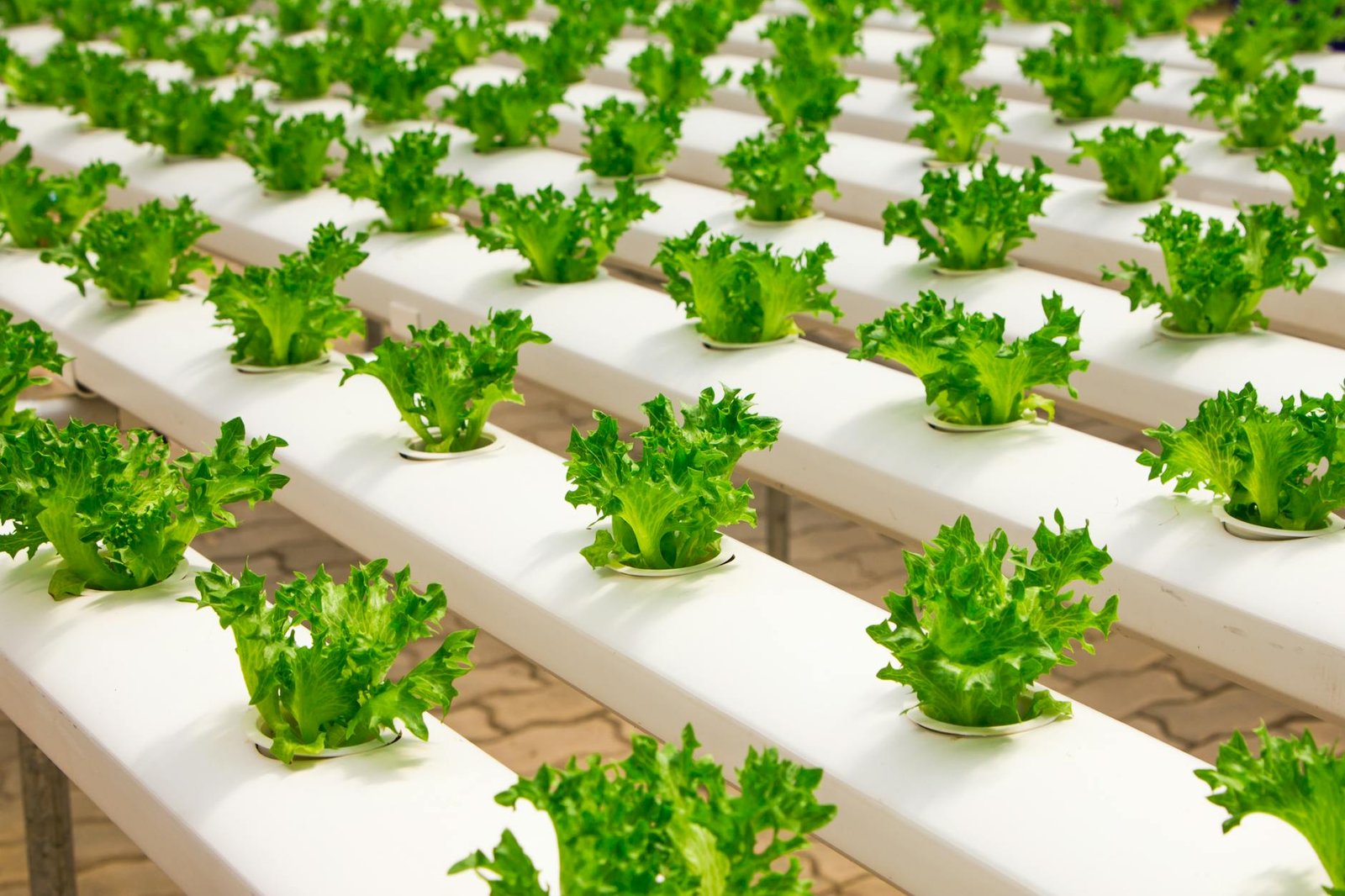
Soil Health Fundamentals
Soil health is a crucial foundation for any sustainable farming system, especially for those living off-grid and seeking independence. Healthy soil supports diverse microbial ecosystems, which in turn enhance nutrient availability for plants. Understanding the composition and biology of soil can empower individuals. They can cultivate their land effectively. This ensures a bountiful harvest without reliance on synthetic fertilizers or pesticides. Moreover, investing time in soil health can lead to long-term benefits and resilience against environmental stresses.
One of the key components of soil health is the presence of organic matter. This improves soil structure. It also increases its water retention capacity. These qualities make it ideal for small-scale farming and gardening practices. Techniques such as composting, mulching, and planting cover crops can significantly boost organic content in the soil. By adopting these regenerative practices, off-grid farmers can create a thriving ecosystem that supports their crops and enhances nutritional value.
In urban settings, where space is limited, soil health remains significant. Urban permaculture design encourages the use of vertical gardening techniques and container gardening, which can also benefit from healthy soil. Urban dwellers can focus on soil quality to cultivate fresh produce. They can employ methods like aquaponics and hydroponics. This works even in small areas. This approach not only maximizes space but also allows for sustainable food production right at home.
Heirloom seeds play a pivotal role in maintaining soil health and diversity. By selecting and cultivating heirloom varieties, farmers can enhance the resilience of their crops and improve soil fertility over generations. These seeds are often better suited to local conditions, requiring fewer external inputs and supporting a sustainable farming system. By preserving and rotating these seeds, individuals contribute to a more diverse and healthy soil ecosystem.
Finally, the nutritional value of foraged foods complements the efforts of sustainable farming. Understanding the relationship between soil health and the nutrients available in foraged plants can inform better dietary choices. Foraging for wild edibles encourages a deeper connection with the land. It promotes a holistic approach to nutrition. This approach emphasizes the importance of healthy soil as the basis for healthy food. In essence, fostering soil health goes beyond agricultural productivity. It focuses on building a sustainable and nourishing system for ourselves. This system will benefit future generations.
Regenerative Farming Practices
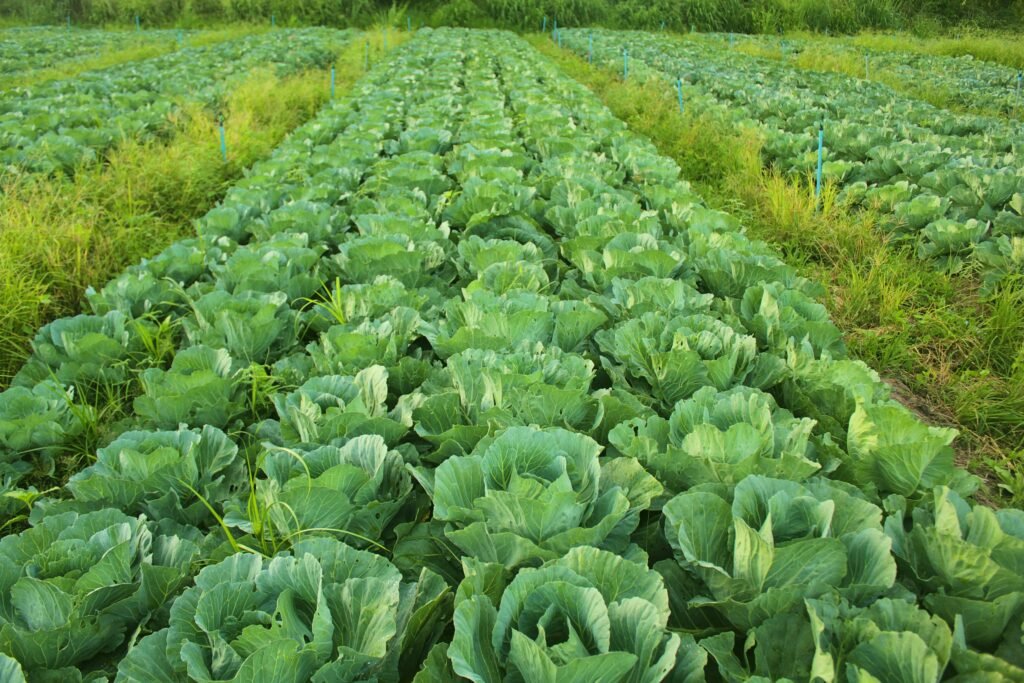
Regenerative farming practices represent a transformative approach to agriculture that prioritizes soil health and ecosystem balance. Regenerative farming enhances biodiversity. It also improves crop yields over time by focusing on methods that restore rather than deplete natural resources. This approach is particularly beneficial for those pursuing off-grid living. It aligns with the principles of sustainability and self-sufficiency. It creates a resilient food system that thrives on local resources.
One of the key components of regenerative farming is the use of cover crops and crop rotation. These practices help prevent soil erosion, suppress weeds, and improve soil structure and fertility. By growing different crops in succession, farmers can break pest and disease cycles. This also enhances the nutritional value of the soil. This cycle of planting and resting allows the land to recover. It helps maintain its vitality. This is crucial for those relying on small-scale farming for their nutritional needs.
Incorporating livestock into regenerative practices can further enhance soil health. Managed grazing, for instance, allows animals to contribute organic matter through manure, which enriches the soil. This holistic approach improves soil fertility. It also encourages a diverse array of plant species to flourish. This creates a more balanced ecosystem. For off-grid enthusiasts, integrating livestock can provide multiple benefits. These include food, fertilizer, and companionship. This integration also reduces reliance on external inputs.
Aquaponics and hydroponics systems also play a role in regenerative farming, especially in urban environments where space is limited. These soilless growing techniques allow for efficient use of resources and can produce high yields in compact spaces. By combining fish farming with plant cultivation, aquaponics creates a sustainable cycle that benefits both plants and aquatic life. Such systems are perfect for those seeking independence in food production. You can set them up in small backyards or even indoors.
Finally, heirloom seed preservation plays a crucial role in regenerative practices. It ensures the continuation of diverse plant varieties. These plants are well-adapted to local conditions. By saving and replanting these seeds, farmers can develop a resilient food system that reflects their unique environment. This practice supports biodiversity. It also connects individuals to their agricultural heritage. This connection reinforces the values of self-sufficiency and independence central to off-grid living.
Crop Rotation and Diversity
Crop rotation is a fundamental practice in sustainable farming that enhances soil health and boosts crop yields. By alternating different crops in a specific sequence, farmers can naturally replenish soil nutrients and break pest cycles. This practice not only improves the quality of the soil. It also contributes to a more diverse ecosystem. This is vital for any off-grid living strategy focused on self-sufficiency.
Incorporating diverse crops into rotation plans can lead to improved resilience against diseases and pests. For instance, planting legumes such as beans or peas can enhance nitrogen levels in the soil. This occurs when they are rotated with heavy feeders like corn. This symbiotic relationship shows the benefits of understanding crop diversity. It can provide significant nutritional benefits. The practice reduces dependency on chemical fertilizers. It aligns with the principles of permaculture and sustainable practices.
Beyond just the nutritional aspect, crop rotation plays a crucial role in managing soil structure and preventing erosion. Different crops have varying root systems, which contribute to the overall health of the soil. Deep-rooted plants can help break up compacted soil layers, while shallow-rooted plants can improve surface soil structure. This natural method of soil management is essential for anyone practicing off-grid farming or urban permaculture design.
For those interested in heirloom seed preservation, crop rotation offers an excellent opportunity to maintain diverse genetic resources. Farmers can promote genetic diversity by rotating heirloom varieties. This ensures that these plants remain resilient. They also become adaptable to changing environmental conditions. This practice not only protects biodiversity but also enriches the nutritional value of the food produced.
Ultimately, effective crop rotation and diversity lead to sustainable farming practices that contribute significantly to off-grid living. By adopting these methods, individuals can create a self-sustaining ecosystem. This ecosystem provides food security. It also enhances overall health and wellness. Whether in a small backyard garden or a larger aquaponics system, you can apply the principles of crop rotation. This maximizes yield and nutritional value. It creates a vibrant and resilient food source.

